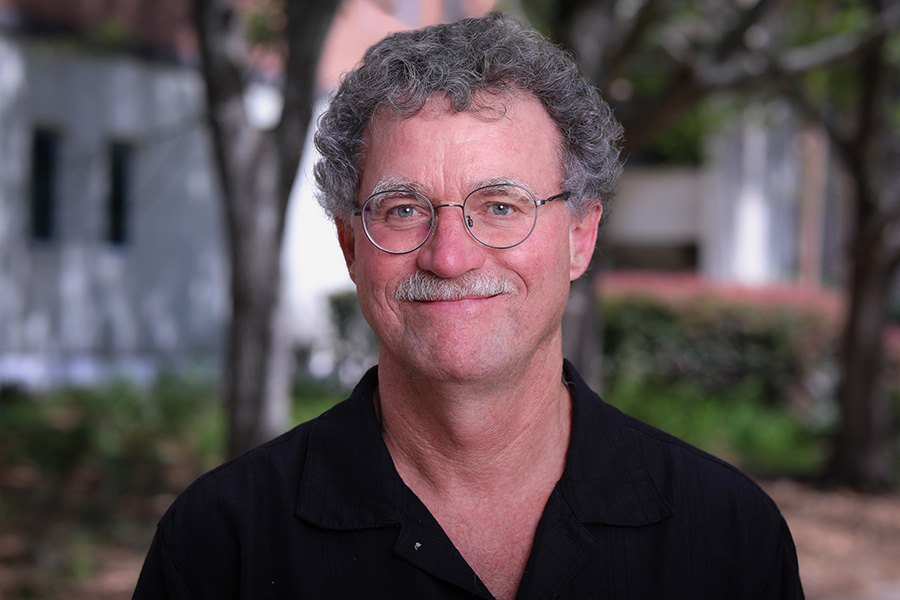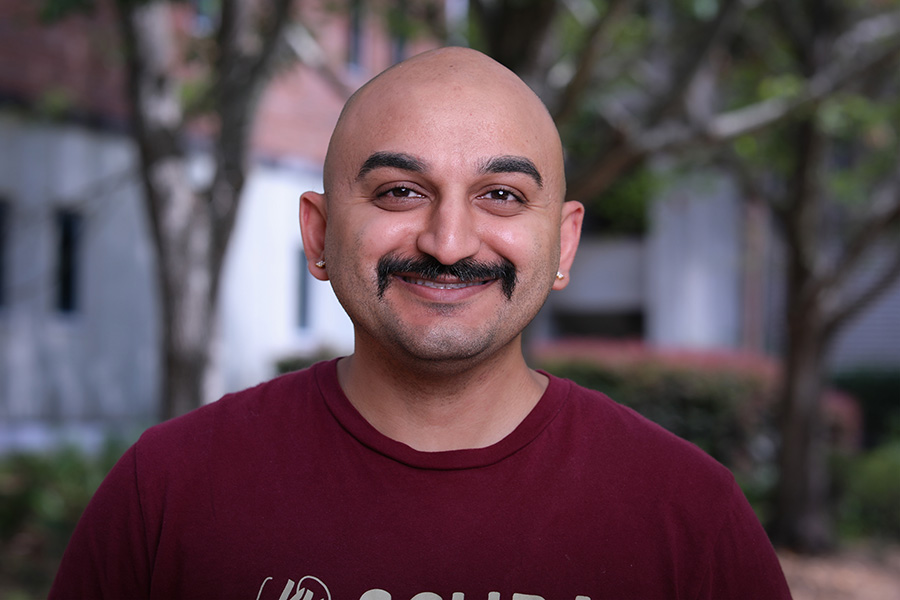
The human brain is famously hard to understand, with tens of billions of neurons. The neurons themselves are very complex, using electrical signals to encode and transmit information. Quantitative methods are therefore very important in neuroscience, whether the focus is on single neuron behavior or the behavior of networks of neurons. The MOB program has faculty members working in the field of neuroscience, investigating the neural mechanisms of learning and memory, neural processing in the cortex involved in the sense of taste, neural processing in the olfactory bulb involved in olfaction or the sense of smell, and metabolic effects on olfaction. Some of the experimental studies are complemented with computational studies through collaboration with computational biophysics faculty members.







